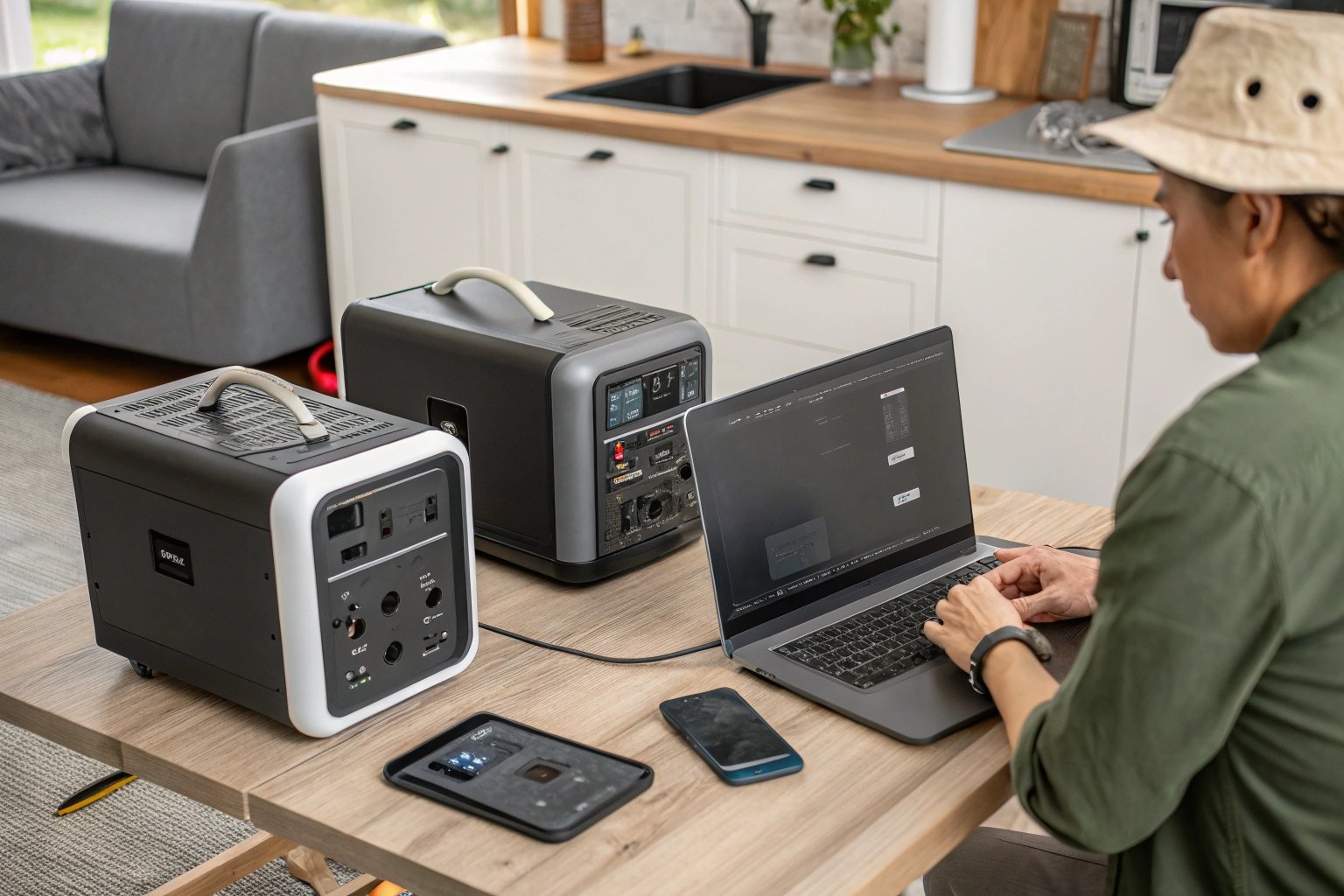Portable power supplies, or portable power stations, are revolutionizing how we access power during outdoor adventures, emergencies, or even daily use. Whether you're looking to charge devices on the go, keep essentials running during a blackout, or power electronics in remote locations, a portable power supply can be an invaluable tool.
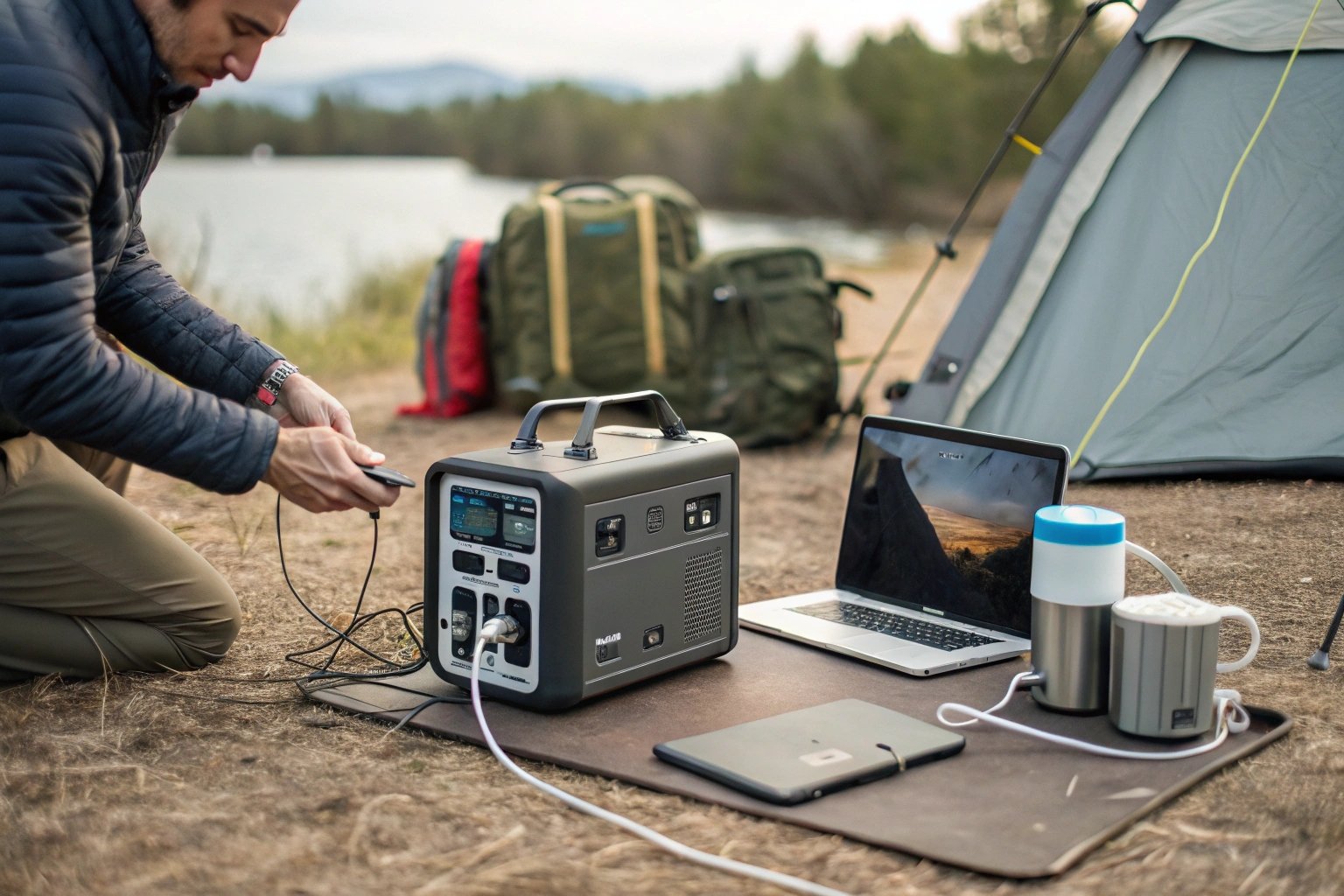
In this complete guide, we’ll cover the pros and cons, factors to consider when choosing a portable power supply, and more to help you make an informed decision.
What is a Portable Power Supply?
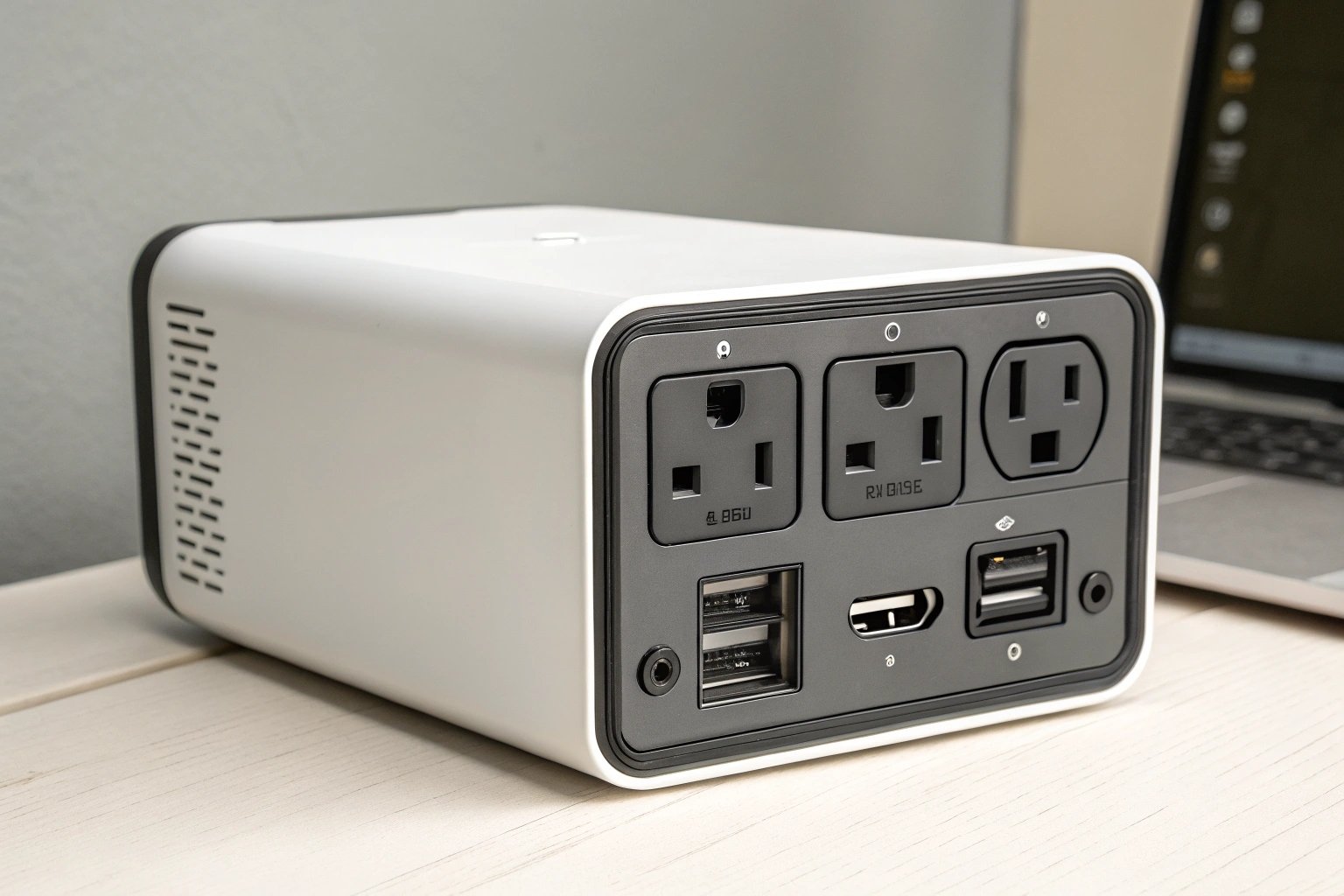
A portable power supply is a rechargeable device that stores electrical energy and provides power to various devices when you're away from a standard electrical grid. It can be charged through wall outlets, car chargers, or solar panels, and then used to power small electronics, appliances, and tools via multiple output ports like USB, AC outlets, and DC carports.
Portable power supplies are compact, lightweight, and convenient, making them ideal for outdoor activities, emergency situations, and off-grid living.
Pros of Portable Power Supply
Eco-Friendly and Silent Operation

Unlike gas-powered generators, portable power supplies operate silently and produce no harmful emissions. This makes them much more eco-friendly, especially when recharged with solar power.
They are perfect for outdoor activities like camping, where quietness is a priority, and for use in areas that require minimal environmental impact.
Portability and Convenience
Portable power supplies are designed to be lightweight and compact, making them easy to transport. Depending on the model, they can weigh as little as 5 pounds, which is significantly lighter than traditional generators.
They often come with built-in handles or even wheels for easy carrying, making them ideal for short trips, outdoor activities, or emergencies.
Versatility and Multiple Charging Options
Portable power supplies come with multiple output options, including USB ports, AC outlets, and DC ports. This allows you to charge a wide range of devices, from smartphones and laptops to small appliances and tools.
Some units also support solar charging, which is especially helpful for off-grid living or in emergencies where you don’t have access to traditional charging methods.
Minimal Maintenance
One of the standout advantages of portable power supplies is that they require very little maintenance compared to traditional fuel-based generators. You don’t need to worry about oil changes, fuel storage, or spark plugs. As long as the battery is charged, you’re good to go.
Safety Features
Many modern portable power supplies come with built-in safety features like short-circuit protection, overcharge protection, and thermal management. These features protect both the power station and the devices connected to it, ensuring safe operation.
Cons of Portable Power Supply
Limited Power Capacity
One of the major drawbacks of portable power supplies is their limited power output and battery capacity. While they are excellent for charging small devices or running low-wattage appliances, they may not be sufficient for larger, high-power devices over extended periods.
For instance, a power station with a 500Wh battery might only run a mini-fridge for 4–6 hours before needing a recharge.
Long Recharge Time
Recharging a portable power supply, especially from solar panels or via AC outlets, can take several hours. While some units support dual charging (simultaneously from AC and solar panels), the process is still slower compared to refueling a gas generator.
This can be a disadvantage if you’re relying on the unit for continuous power during extended outdoor trips or in emergencies.
Higher Initial Cost
Although portable power supplies can save money on fuel and maintenance in the long term, they often have a higher upfront cost compared to traditional generators. High-capacity models can cost several hundred to a thousand dollars or more.
The investment might seem steep for people only needing occasional power, but it offers value for those who plan to use it frequently or for critical devices.
Battery Degradation Over Time
The battery in a portable power supply degrades over time, meaning it will eventually lose some of its capacity after many charge cycles. While lithium-ion and lithium iron phosphate (LiFePO4) batteries last longer than lead-acid batteries, they still degrade and require replacement after a few years.
How to Choose the Right Portable Power Supply
Choosing the best portable power supply depends on several factors, including your power needs, intended use, and budget. Here are some important aspects to consider:
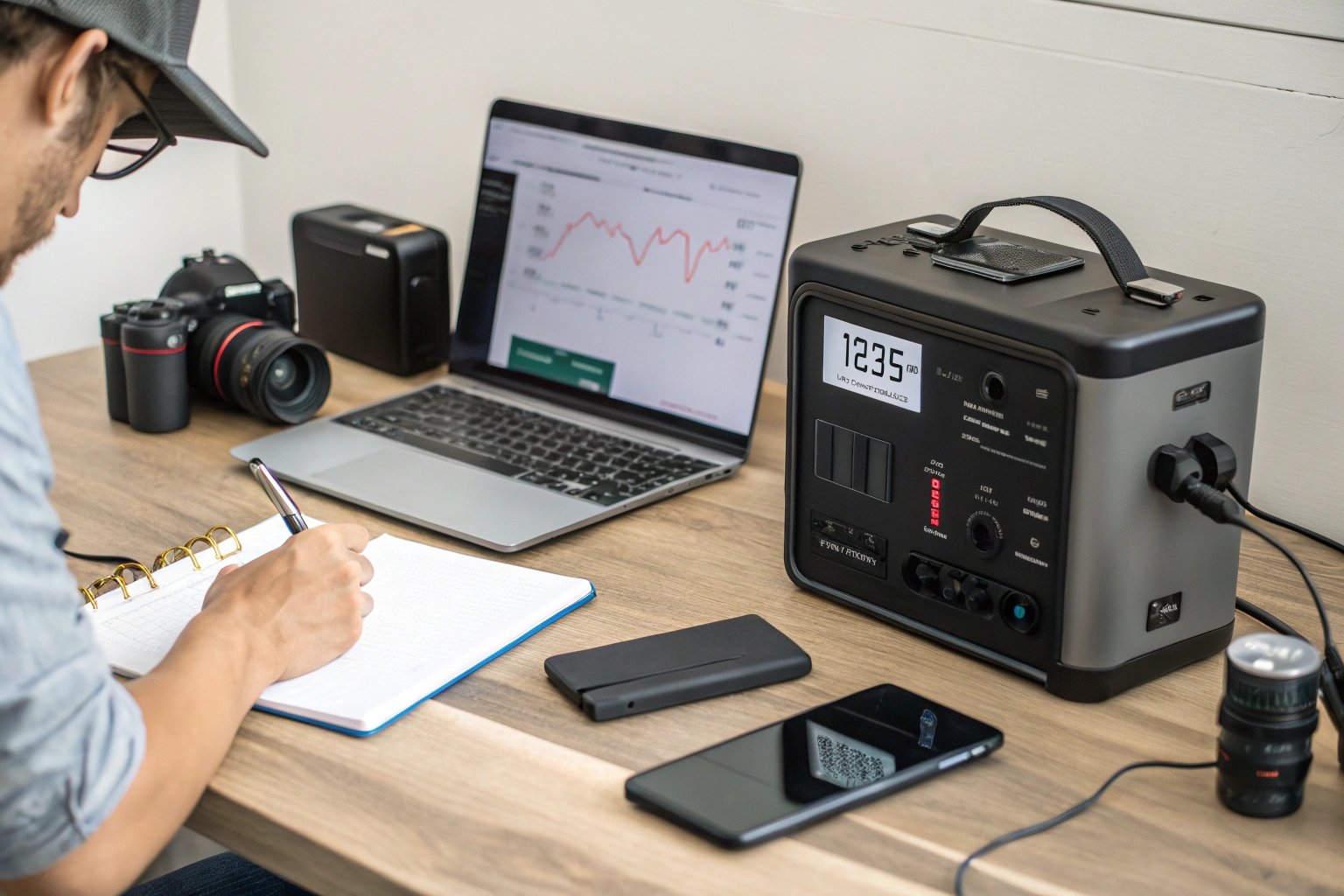
Power Needs (Watt-Hours)
The first step is to calculate how much power you need. This is typically measured in watt-hours (Wh). The larger the watt-hour capacity, the more energy the power supply can store, and the longer it can run your devices.
Small devices like phones or cameras use about 10-20 watts, while larger appliances like mini-fridges or small heaters can require 100 watts or more. Check the power requirements of the devices you plan to power and choose a power station with a suitable capacity.
Number and Type of Output Ports
Make sure the portable power supply has the right combination of output ports for your devices. USB-A and USB-C ports are essential for charging phones, tablets, and laptops. If you need to power larger appliances, look for units with AC outlets. DC carports are great for powering small devices like car coolers or camping lights.
Recharge Options
Check how the power station can be recharged. Most units charge via AC outlets, but if you're looking for off-grid solutions, consider models that support solar charging. Some units even allow dual charging for faster recharge times.
Portability and Weight
Consider how important portability is for your needs. If you need to carry it over long distances or for frequent trips, choose a model that’s compact and lightweight. Larger, more powerful models tend to be bulkier and heavier, which can be less convenient for frequent transportation.
Battery Type and Lifespan
Lithium-ion batteries are the most common in portable power supplies, but lithium iron phosphate (LiFePO4) batteries offer longer lifespans and greater safety. If you plan to use your power station often, investing in a unit with a LiFePO4 battery may be worth it.
Price and Warranty
Prices vary depending on capacity, brand, and features. While portable power supplies are generally more expensive upfront than gas generators, they offer long-term savings by eliminating fuel costs and maintenance. Additionally, make sure the product comes with a warranty to protect against defects or issues with battery life.
Best Use Cases for Portable Power Supplies
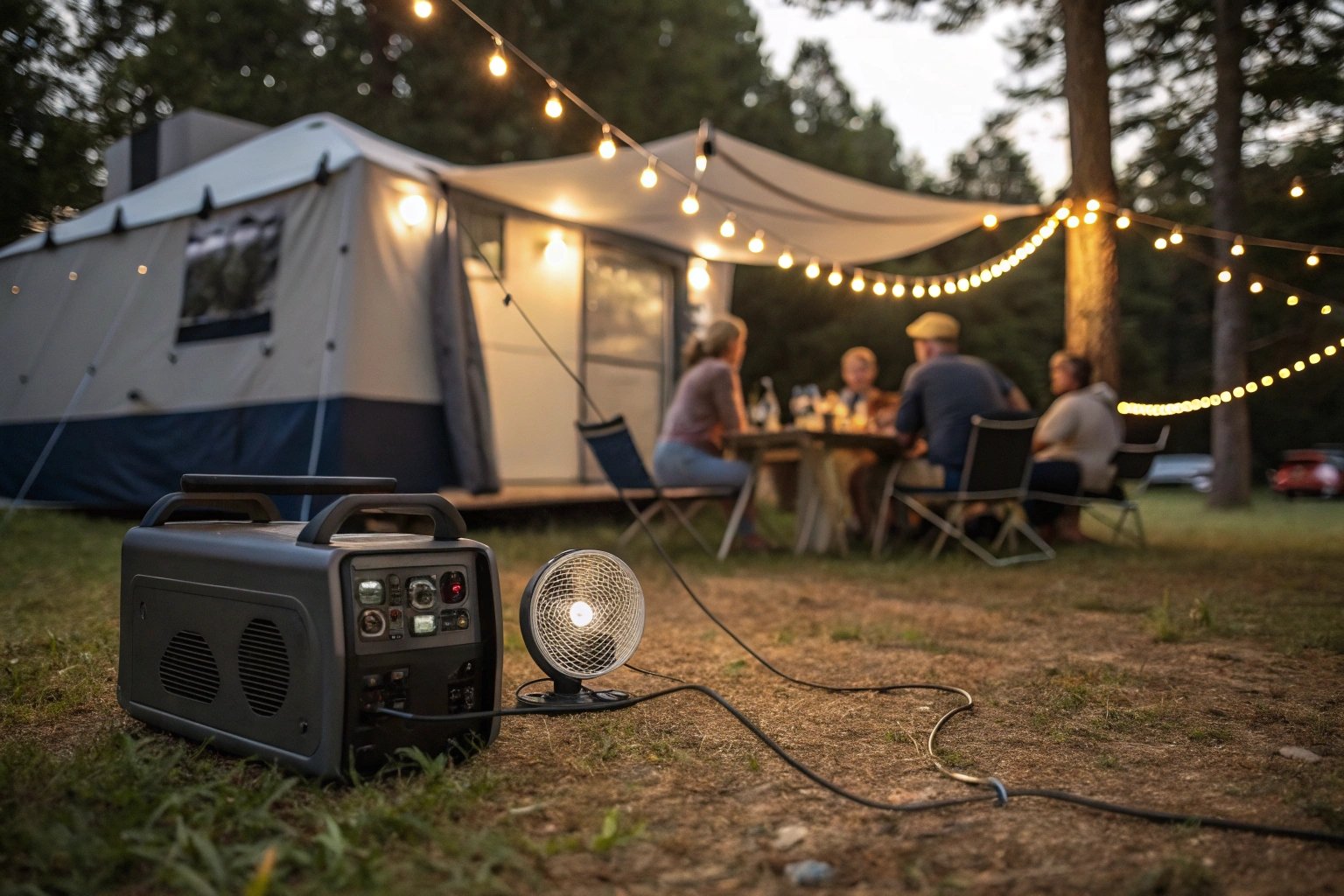
Outdoor Activities (Camping, Tailgating, RVs)
Portable power supplies are perfect for keeping essential devices charged during outdoor activities. They can power everything from lights to small appliances in an RV, providing comfort during camping trips or tailgating events.
Emergency Backup Power
A portable power supply is an excellent addition to your emergency preparedness kit. It can power medical devices, communication equipment, and other essentials during a power outage, keeping your family safe until the grid is restored.
Off-Grid Living
For those who live off the grid, portable power supplies can be a vital source of energy. They can be charged using solar panels and used to power small appliances, lights, and electronics, making off-grid living more sustainable.
Conclusion
Portable power supplies offer a clean, quiet, and versatile alternative to traditional generators. While they come with limitations like power capacity and recharge time, they provide significant advantages in terms of portability, eco-friendliness, and ease of use. By considering your power needs, preferred charging methods, and budget, you can find the right portable power supply to suit your lifestyle.

